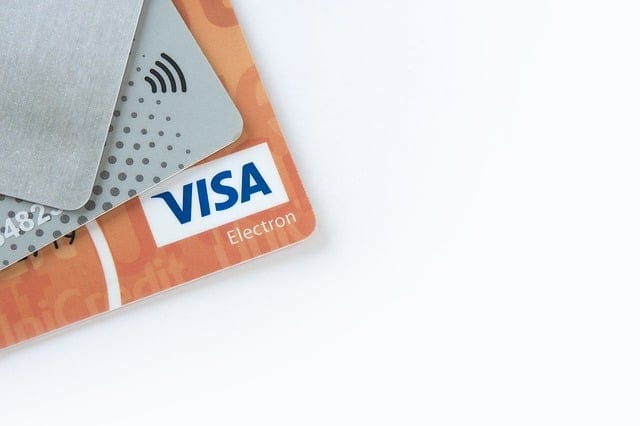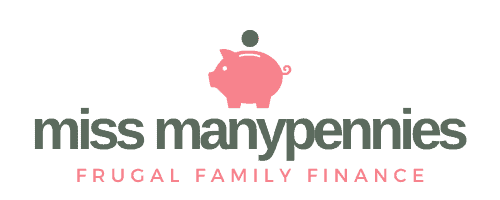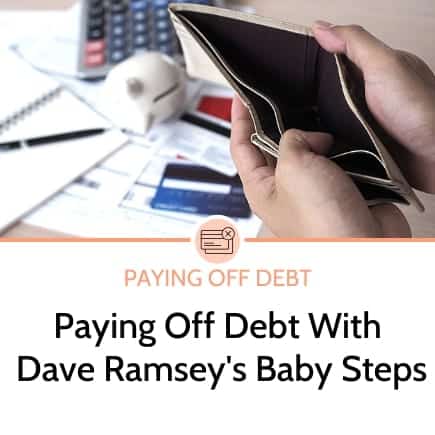Envelope Budgeting: The simple and convenient way to boost saving
Posts contain affiliate links, see disclosure for more details.

Do you know that two-thirds of Americans couldn’t scrounge up $1000 in an emergency? (Source: money.usnews.com). Also 46% of them lack a rainy day fund to cover expenses for three months? (Source: usfinancialscapability.org.
These statistics suggest that Americans are not good at saving for retirement and emergencies. What they actually need is to make their personal budgeting more focused on saving. I will present a simple and easy budgeting system that helps boost savings in the most convenient manner.
The Envelope Budgeting system is here for quite some time. This was a big favorite of our grandparents because of convenience, simplicity and above all, for the fact that it proved a real saving method. For us, who are more into plastic money mindset, the switching to cash spending through envelopes would seem quite an outdated arrangement but believe it, after a while you will be convinced that the system saves you more money than others.
What is Envelope Budgeting and how does it work?
The basic concept of envelope budgeting is to identify the heads of expenses where you spend your income on a monthly basis and then physically put the amount of cash to be spent on these heads in separate envelops.
If you have made up your mind to opt for Envelope budgeting what you will do is given below;
1. Know your expenses well:
Identify what your necessary payments heads are after you have separated saving and investment:
2. Categorize your expenses:

Jot down your expenses on a paper. Include all your non-negotiable expenses in the list. Finally put these expenses into categories that make sense according to your monthly spending habits The people generally come out with following broad categories;
- Rent
- Groceries
- Entertainment
- Dining out
- Fuel and Car maintenance
- Insurance
- Clothing
Miscellaneous – Put all expenses which do not fall under any of your main categories.
3. Fill the envelopes with cash:
Once you have decided how much you will spend on different categories, write the head of expenses on envelopes and stuff them with the relevant amount of cash.
4. Spend until the cash ends in an envelope:
Always spend from the dedicated envelopes and do not spend by taking money from other envelop if cash ends in a particular head. This way you will remain within budget and not overspend.
5. Put Leftover money in saving account:
At the end of the month check all envelops and if there is some left over money or extra, put it into your saving account. The people use this money for an end-of-the month surprise treat also, but I recommend it to be saved and put the sum saved in a year to some good investment.
Advantages of Envelope Budgeting:
At the end of the month check all envelops and if there is some left over money or extra,
The envelope budgeting has many advantages. The following are however quite significant;
- Prevent overspending: Once your cash ends in a certain category and you act prudently and do not spend on the head you observe your budgetary limit.
- Brings discipline in your life: The envelope budgeting makes you more disciplined towards your spending pattern by avoiding reckless spending which quite often is a result when you spend through plastic money. Since envelope budgeting requires a pre-planning ,you can’t fall in the trap of impulsive purchases and the shopping game ends once the cash in your envelope finishes
According to a study in the General of consumers research that followed households for six months the authors concluded that since it is more painful to hand over cash than to swipe a card, cash spending boosts more self-control.
- No absurd bank charges: While you pay cash using your envelopes, you do not have to pay overdraft charges that you pay in case you use debit card and your bank account goes overdrawn.
- Can’t miss a payment: Since all your expenses are upfront, it is very easy to track them and there is no chance of missing payments. You can track your spending every day. In an electronic system there are chances that you forget to make an entry and your budget goes off sometimes by hundreds of dollars.
- Ease and clarity: The envelope budgeting method is the most simple and easy because it does not involve the complicated financial Apps and spread sheets. Keeping funds in envelopes and using for concerned heads is easy and can be managed by everyone.
- Ease to manage for emergencies: Tough it is not the purpose of envelope budgeting method to cope with unplanned circumstances or emergencies, you can actually tackle the emergencies effectively through moving fund between envelopes.
- Less likely to go in debt: Do you know that;
–The US consumers passed a $ 1 trillion revolving debt milestone in 2019.Credit card is the most well-known type of revolving credit.
–The average credit card debt for American consumers is $6028.
–According to an MIT study, credit cards make people to spend more money-sometimes up to 83% more.

If you don’t overspend there are more chances that you will not go in debt. Make it a habit to leave your credit card at home and take only relevant envelopes with you while going out for shopping. Unlike the urge to swipe a credit card (if it is with you), making payment from envelope (in cash) stops you to buy impulsively.
Tips for envelope budgeting users:
1. Budget by paycheck:
Though you can budget by monthly fortnightly or even weekly basis, I will suggest you to go by paycheck. This way you will be able to plan accurately according to the schedule of when you need to pay your bills.
2. When you spend write it down:
Writing down each expense makes things easy and adds more accountability to the person who makes budget. If you do not know where you spent your money and what balance you have in envelopes, you may have severe problems at the end of month. You might be even out of cash before your next pay check and even mismanage your budget.
I would recommend using printable cash envelope trackers that keep you updated about detail of purchase and remaining balance. All you need is to make the entries timely.

3. Don’t discontinue and be patient:
For those new to envelope budgeting, the system might take some time to set up. It is recommended that you stick to the system and make necessary adjustments in it till the time that all categories and allocations become right. Once you become comfortable with the system, you will be glad over your decision for times to come.
4. Try to reduce your bills:
Reducing your bills actually increases your discretionary income and adds more cash to envelopes. You can reduce your internet, cables and electricity bills by negotiating and finding economy plans. This is now a well-known fact that coupons save the household expenses. Find promos and coupon codes from credible coupon websites like ClothingRIC.com that offers physical coupons that you can print out and use at grocery stores and your clothing brands to unlock great discounts.
The Bottom line:
The Envelope budgeting is very easy and simple and tends to stop from overspending by default. It is due to the fact that once the money in an envelope ends, you will not be able to spend on this head till your next month budget. This feature really makes it a great saving tool.
Do not think that it is not useful because it is an old system. Don’t get overwhelmed with electronic and digital systems to ignore it. The most important point about it is that “it works”.
About the author:
Elice Max is a blogger who writes on emerging trends, pop culture and lifestyle. One of her key areas of interest is money-saving, and leading a frugal life, however she does enjoy Broadway once in a while.






